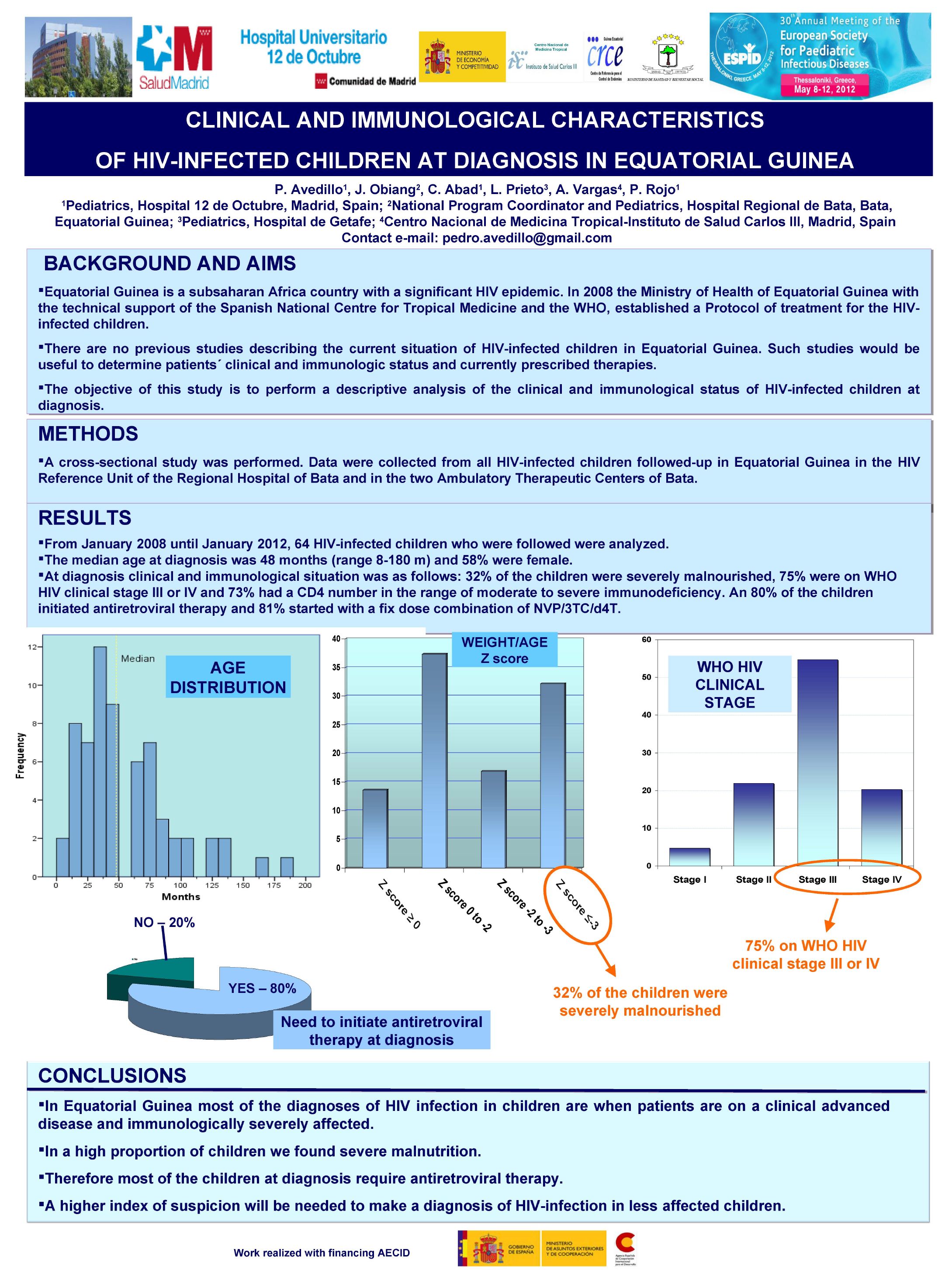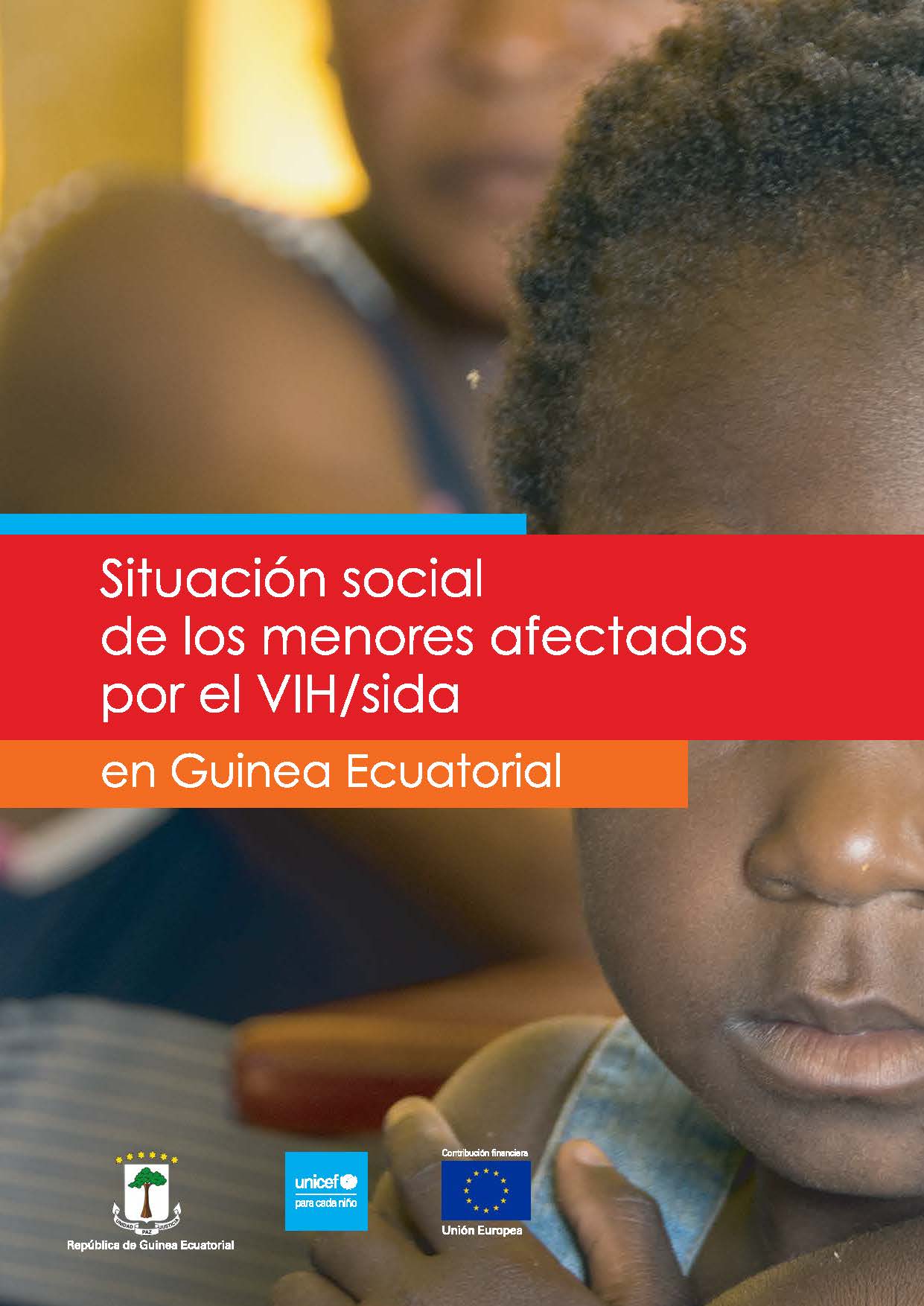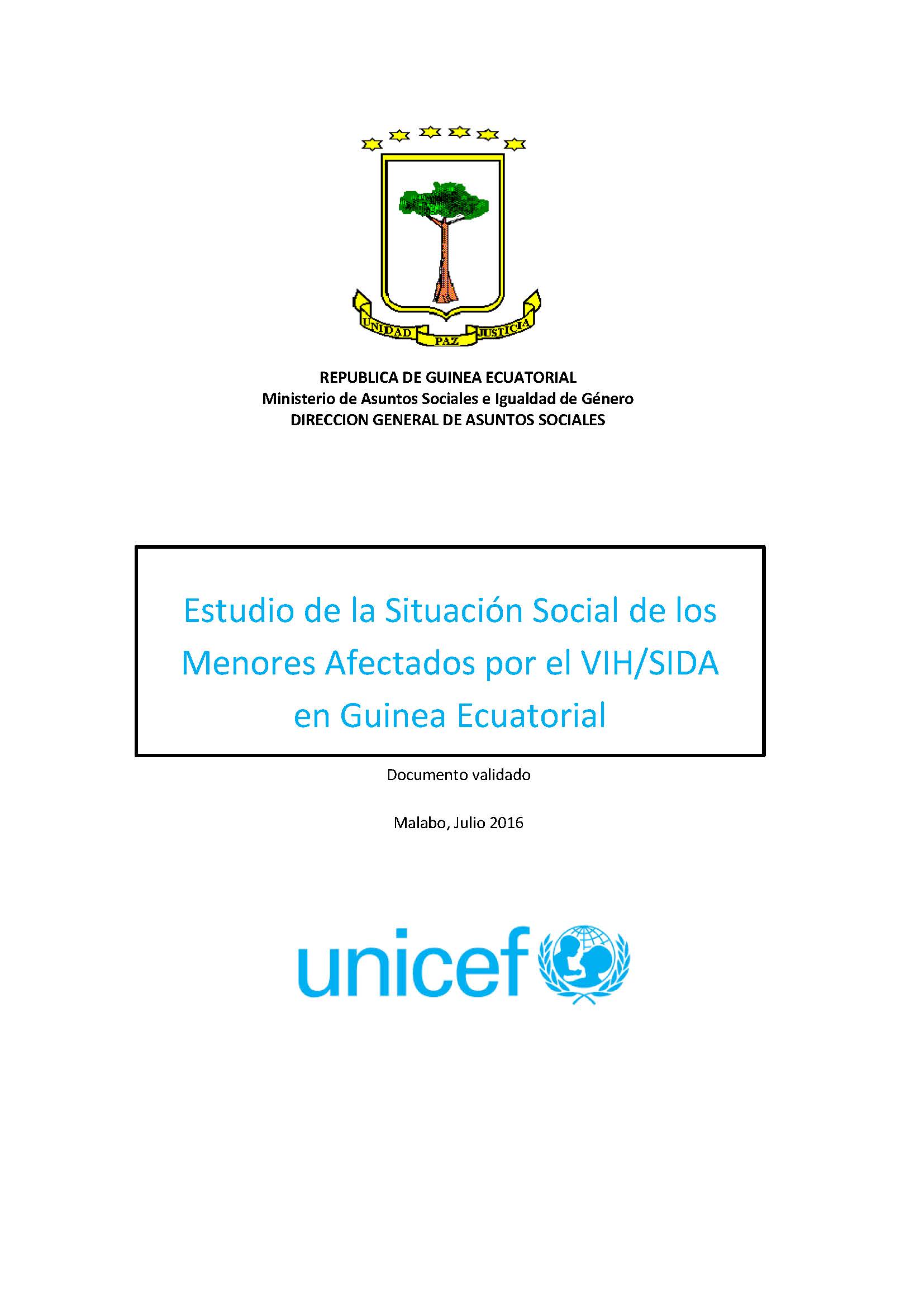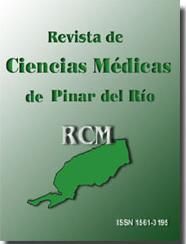Resumen
BACKGROUND AND AIMS -Equatorial Guinea is a subsaharan Africa country with a significant HIV epidemic. In 2008 the Ministry of Health of Equatorial Guinea with the technical support of the Spanish National Centre for Tropical Medicine and the WHO, established a Protocol of treatment for the HIV-infected children. -There are no previous studies describing the current situation of HIV-infected children in Equatorial Guinea. Such studies would be useful to determine patients´ clinical and immunologic status and currently prescribed therapies. -The objective of this study is to perform a descriptive analysis of the clinical and immunological status of HIV-infected children at diagnosis. METHODS -A cross-sectional study was performed. Data were collected from all HIV-infected children followed-up in Equatorial Guinea in the HIV Reference Unit of the Regional Hospital of Bata and in the two Ambulatory Therapeutic Centers of Bata. RESULTS -From January 2008 until January 2012, 64 HIV-infected children who were followed were analyzed. -The median age at diagnosis was 48 months (range 8-180 m) and 58% were female. -At diagnosis clinical and immunological situation was as follows: 32% of the children were severely malnourished, 75% were on WHO HIV clinical stage III or IV and 73% had a CD4 number in the range of moderate to severe immunodeficiency. An 80% of the children initiated antiretroviral therapy and 81% started with a fix dose combination of NVP/3TC/d4T. CONCLUSIONS -In Equatorial Guinea most of the diagnoses of HIV infection in children are when patients are on a clinical advanced disease and immunologically severely affected. -In a high proportion of children we found severe malnutrition. -Therefore most of the children at diagnosis require antiretroviral therapy. -A higher index of suspicion will be needed to make a diagnosis of HIV-infection in less affected children.






